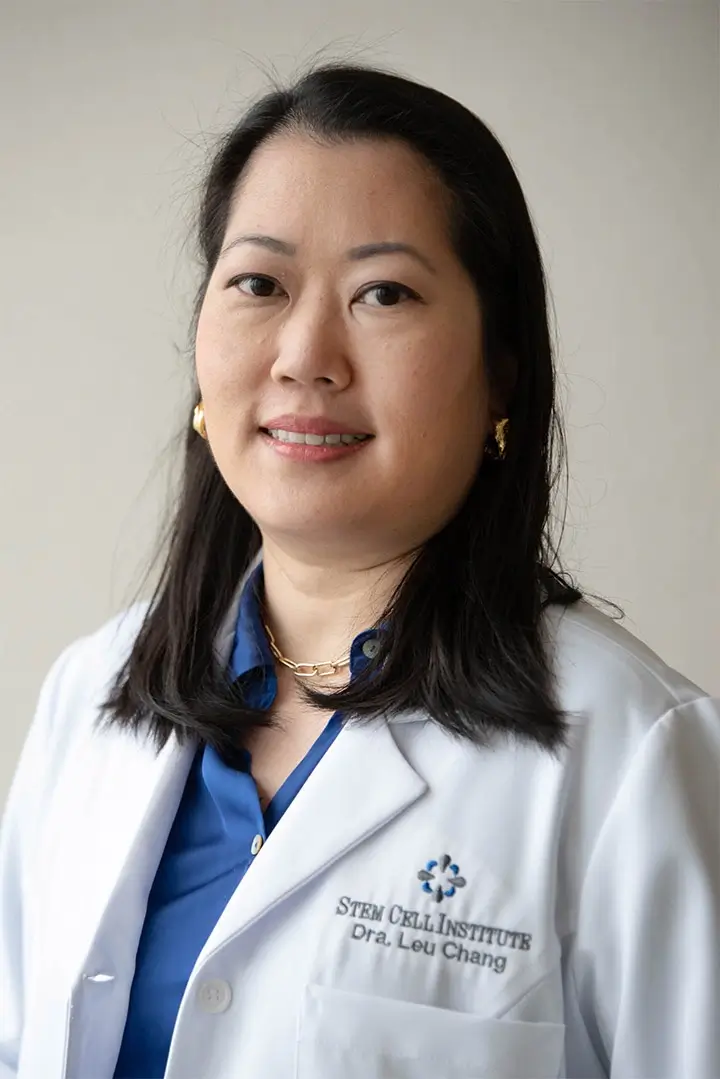A contentious topic in modern medicine, stem cell research is much debated. Embryonic stem cells and the controversy surrounding them has sparked curiosity in a less risky and more ethical option: using stem cells taken from adults to treat various diseases.
Understanding what the stem cell actually is, serves as a prerequisite to understanding the marvelous impact stem cells can have for modern medicine.
A single cell is the beginning of all life. A human being is an enormously complex organism and grows from just one fertilized egg. Special functions are carried out in each organ by specialized cells that “know” what to do. But stem cells are the original single cells and they can become any cells that we need them to be.
Our very first stem cell is in fact the fertilized egg. This single cell develops all the other cell types present within the human body. Adult stem cells have been collected from bone marrow for many years since adults still have stem cells in their tissues as the grow. The potential for these cells is tremendous.
Offering new parents a certain peace of mind by being saved or banked, adult stem cells can be found in the placenta and umbilical cord when babies are born. The stem cells can be transplanted without fear of rejection because cord blood stem cells are the child’s own. However, the number of cells that can be acquired is limited.
“It can save a child’s life if certain blood disorders develop in the early years, but there may not be enough cells to treat an older child,” Dr. Guerra explained. “Adult stem cells could hold the key to life-long health by facilitating treatment of devastating diseases and as a result increasing longevity.”
Heart disease, arthritis, osteoporosis, and many other diseases can be treated with banked adult stem cells on a future date. No concerns over finding a matching donor arise because a person’s own stem cells are used.
“A great benefit to using one’s own adult stem cells is the fact that you do not have to worry about rejection of cells since your own cells are used for your treatment,” noted Dr. Robin, M.D., M.B.A.
To place this in perspective, consider that less than 20 percent of patients who need a bone marrow transplant actually find a match in time to treat their disease.
Almost daily, new studies describing the clinical benefits of adult stem cells in the treatment of diseases are being published. Autologous stem cells are being researched in over 160 clinical trials. The possibilities of growing new skin, building cartilage, improving muscle, and regenerating the vital cells of a failing organ are being studied by countless research teams around the world.
Convenient stem cell banking methods are being driven by the growing interest in regenerative medicine. The results are promising so far.
73 percent of individuals with rheumatoid arthritis were able to be controlled on medication after being treated with stem cells as reported by The Journal of Rheumatology.
50 percent of patients with Lupus (SLE) treated with stem cells were disease-free five years after treatment as reported by The Journal of American Medical Association.
Adult stem cells have even repaired the vision of blind mice as the journal Nature reported recently.
Diseases such as diabetes, multiple sclerosis, and wound healing will likely bring more results and news after being treated with adult stem cells. Successful techniques could improve conditions that formerly decreased someone’s lifespan or quality of life, such as diabetes, blindness, Parkinson’s, Alzheimer’s; multiple sclerosis could be cured. We would have much less need for donor organs. Dr. Robin says that clinical trials are already under way in the cardiovascular department.
“As far as treatments go, great advances are being made in improving cardiac status of those individuals with end-stage heart disease and repairing the damaged tissue of those having heart attacks,” Dr. Robin said. “Additionally, you do not have the potential issue of tumor formation which has been seen with embryonic cells,” he added.
Adult stem cells, especially those stored from cord blood, are a bio-insurance for future use; and one that might just save your life. Through safe and non-invasive procedures, adults now have the option to collect and save their own cells.

